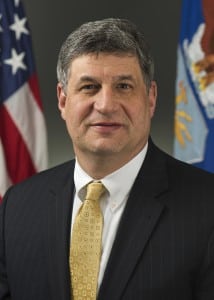
The nominee to serve as the Pentagon’s next top acquisition official told lawmakers Tuesday his immediate priorities would include accelerating delivery of equipment to Ukraine and working to ensure “hot production lines” are running to replenish withdrawn munitions stocks. William LaPlante told the Senate Armed Services Committee (SASC) during his confirmation hearing to be under secretary of defense for acquisition and sustainment he plans to also focus on more rapidly transitioning advanced technology projects from research and development into production…

 By
By 











